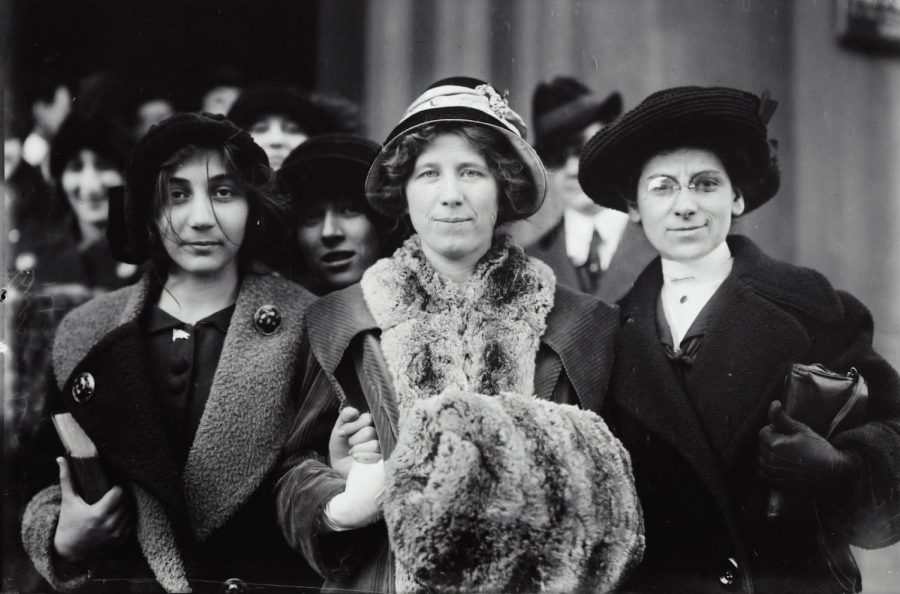A History of the Women’s Suffrage Movement in Maryland
Library of Congress on Unsplash
It is important to consider and find inspiration from the courage of the women who were once trapped in a biased society.
When walking down a busy street, many nameless faces surround you, each going to their designated destination. Do you ever think about how such a seemingly insignificant moment is possible through marginalized groups, including women, breaking barriers? How did they achieve the normalcy of walking down the street? Women make up 50% of the global population and 51.3% of the people in Maryland, and it’s only fair that we explore how women achieved success in suffrage and equal rights starting in the mid-1600s.
The first ever known suffragist was a woman in colonial Maryland named Margaret Brent. She stood up for her right to vote, both as an attorney and landowner, to the legislature, but she was unfortunately denied both attempts to vote. Her voice and the voices of many others would rise again during the Civil War when women created suffrage groups, including the Maryland Equal Rights Society, Maryland Woman Suffrage Association, and Baltimore Woman’s Suffrage Association. One great leader of the cause at that time was Elizabeth King Ellicott, who fought for suffrage, education, and other political and social reforms that were yet to be fixed.

The party that opposed women’s suffrage was the Democrats, as they were alarmed by who women would vote for since most women were anti-prohibition at the time. This leaned more on the Republican side, creating a political disadvantage for the Democrats. But, there were many instances where women were close to obtaining the right to vote but were unfortunately defeated, such as getting a bill passed in the State Senate. In a minor success in 1908, women who were taxpayers and landowners could vote in elections. It should be noted that three women voted in May 1908, and some women also voted in the municipal bond elections in Maryland.
When it came to women of color, they were mainly ostracized and harassed, to the point of creating their own suffrage associations. They fought for the suffrage of African-Americans and educated each other on the movement. This action made it difficult for the government to try to oppress all African-Americans from the right to vote in America. One organization created to support all women in the suffrage movement was the Progressive Women’s Suffrage Club in Baltimore and led by Augusta T. Chissell. Chissell was extensively involved in the movement, and she was the Baltimore branch founding member of the NAACP.

The 19th amendment passed on August 18th, 1920, but the Maryland legislature refused to ratify it because they believed it violated state rights. Due to this concern, the ratification of the 19th amendment didn’t occur until 1941. Only two months after the amendment passed, an anti-suffragist Baltimore attorney named Oscar Leser gathered a group of like-minded people and created a petition to remove the 19th amendment. They disliked adding women to the voting registry and didn’t see the 19th amendment as valid. The case was very popular among the people in Maryland and even got the attention of the U.S. Supreme Court. The Supreme Court ruled in favor of women and upheld the 19th amendment in Maryland, making it constitutional and guaranteeing women’s right to vote.
The fight for women’s right to vote was vital to gaining the freedom that today’s women now walk around with. It’s essential to consider and find inspiration from the courageous women once trapped in a biased society. They did not back down but persevered through their struggles and blossomed.


